Sarah, a baby sleep expert from Teach To Sleep, tells us how you can help your little one learn to sleep without sucking their thumb or fingers.
Before tackling Sleep
Because sucking thumbs and fingers relieves stress and helps with regulating your child’s emotions, choose a time when your child is in a good place (there’s no illness, separation anxiety, developmental leap or changes going on like potty learning, moving homes or a new sibling).
Then try:
- to stop thumb/finger sucking at certain times in the day, for example when you read stories or watch television. Instead you might hold your child’s hand during this time.
- praising them when you see they go to suck their thumb or fingers and they stop.
- distract them with an activity that involves using both hands when you notice they want to suck their fingers or thumb.
- Offer gentle reminders to stop sucking their fingers or thumb and expect it to take a while to get the hang of. A habit is ingrained in your child’s brain and means they will often suck their fingers and thumbs without realising they are doing it. So rather than criticising your child if they do suck their thumb or finger, instead gently point out the behaviour in order to help them to become more self-aware.
- Use positive encouragement and specific praise for example, ‘well done for taking your thumb out when I looked over at you.’
- Identify triggers that may cause your child to suck their fingers or thumb more. For example, if you notice that your child sucks more when they are anxious or tired, pre-empt these times and have an alternative comfort strategy (teddy, hand holding/ stroking their hand, distraction)at the ready.
- Or try using a fabric thumb and finger guard (shown below). The Thumbsie fits over the thumb or fingers like a glove and is secured with Velcro around the wrist. They are suitable for children aged 3-14 years.
Tips on how to stop finger and thumb sucking for Sleep
- Start by trying to slowly wean them off their thumb or fingers for naps, if they still have a nap, otherwise try bedtime. Try the first nap of the day (if they are still taking two naps) as little ones usually find this nap the easiest. Try stroking their face, holding their hand, talking to them softly (praising them or telling them a story about someone who stopped sucking their thumb or fingers) just as they are falling asleep.
- You will probably need to reassure them with something comforting like patting, cuddling or stroking. If they find this really difficult, try again at bedtime as this may be the time your little one finds it easier or wait until the next day.
- Try pushing their nap or bedtime a little later when they are trying to fall asleep without their thumb or fingers so that their sleep pressure is higher which will mean they find falling asleep easier.
Final Words
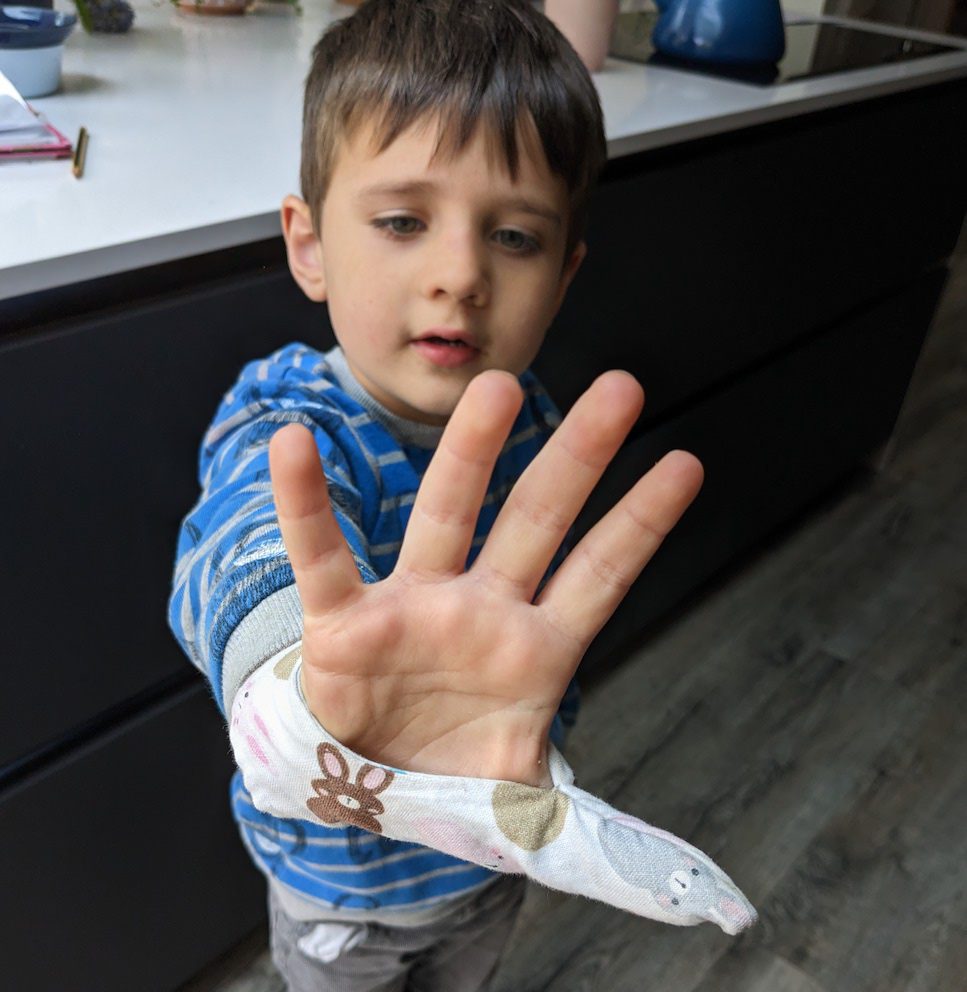
I have recently taught my son, aged 4 how to fall asleep without his thumb and it was hard! Changing habits isn’t quick or easy but my advice is to go slowly and stay consistent. They will get there but if you are really struggling do get in touch @teachtosleep or via website where I offer one to one support as well as guides, workshops and online courses.
Please note all comments will need to be approved before appearing on this page. Please respect others when posting.
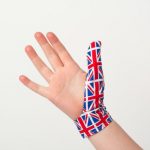




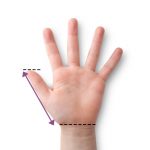
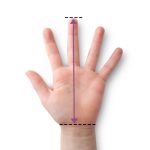

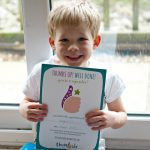


















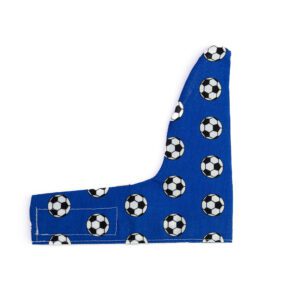



Comments